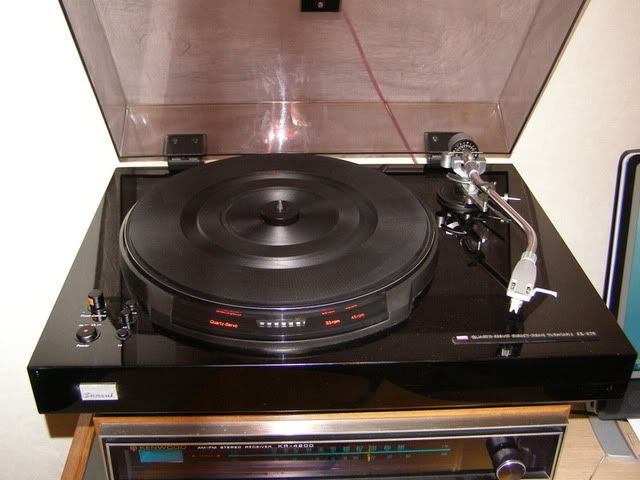I'm wary. I have a 838, not a 939 — wish I did. Veneering won't be easy, it never is, and add plastic, and curved, curved surfaces...? If it were mine — wish it was — I'd restore the black lacquer.
I'd take it to a furniture design place, even a car respraying place. If you do all the prep (sanding, filling, masking) they won't charge much — it's small, so they can just add it to another spray-job. They have the paints, compressors, guns — and EPA-approved spraying rooms, dust-free — they're pros and do it all the time. They'd probably like to do it, a change of pace for them. I took a TT to a car place years ago, and it made their day. They wanted to do a great job, and they did.
And it'll be like new.




